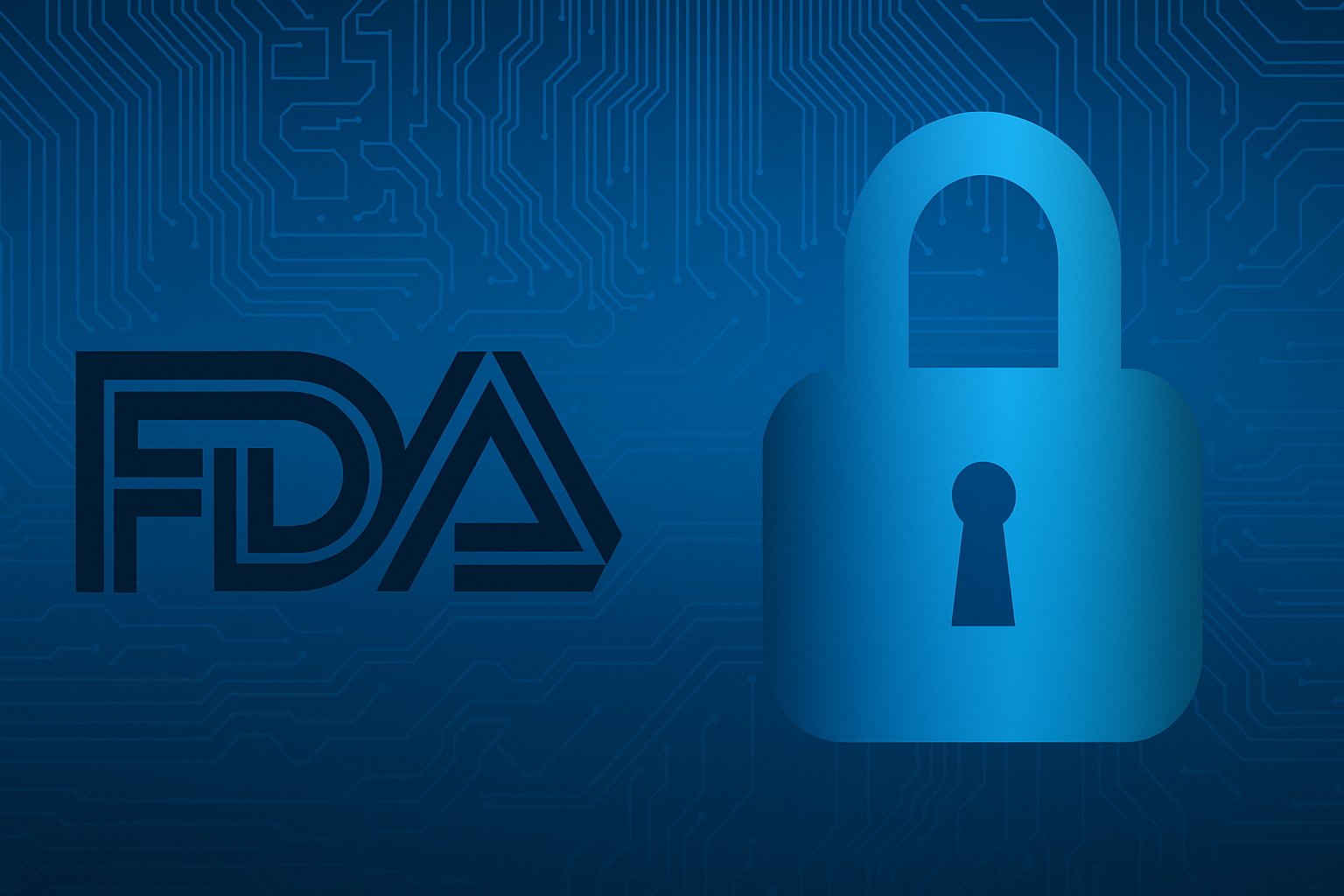
The U.S. Food and Drug Administration (FDA) released its updated guidance, Cybersecurity in Medical Devices: Quality System Considerations and Content of Premarket Submissions, on June 26, 2025, superseding the 2023 version. This update introduces stricter requirements for medical device manufacturers, particularly for "cyber devices" that contain software or connect to networks, even indirectly. With cybersecurity incidents impacting 53% of connected medical devices in hospitals, according to a 2022 FBI report, the FDA’s new rules are critical for patient safety and regulatory compliance. At Sectech, our expert cyber consultants are equipped to guide manufacturers through these changes to achieve seamless FDA 510(k) clearance.
This blog highlights the key updates in the 2025 FDA guidance, focusing on Software Bill of Materials (SBOM) requirements and security testing, and explains how SecTech Solutions can help your team stay compliant.
Key Changes in the 2025 FDA Cybersecurity Guidance
The 2025 guidance builds on the 2023 framework, introducing clarifications, updated standards, and a new section to align with Section 524B of the Federal Food, Drug, and Cosmetic Act (FD&C Act). Below are the most significant updates, supported by relevant statistics:
Expanded Definition of "Cyber Device"
The FDA now defines a "cyber device" as any medical device containing software (including firmware) or programmable logic, regardless of network connectivity. This includes devices with latent connectivity features like USB ports or Bluetooth. A 2024 report by Finite State notes that 68% of medical devices with software are now classified as cyber devices, significantly expanding the scope of compliance. Manufacturers must demonstrate a "reasonable assurance of cybersecurity" for these devices, even if cleared before 2023.
What This Means for You: If your device contains software, you must comply with the new cybersecurity requirements, including submitting comprehensive documentation. For devices previously cleared without cybersecurity documentation, any modification—whether it impacts cybersecurity or not—requires specific submissions, such as a Vulnerability Monitoring and Management Plan.
Strengthened SBOM Requirements
The Software Bill of Materials (SBOM) is a cornerstone of the 2025 guidance, with clearer expectations for inclusion in premarket submissions. The guidance mandates that SBOMs adhere to the National Telecommunications and Information Administration (NTIA) minimum requirements and be provided in machine-readable formats like SPDX or CycloneDX. A 2024 survey by Blue Goat Cyber found that 72% of medical device manufacturers struggle to produce compliant SBOMs due to complex third-party software dependencies. SBOMs must detail all software components, including commercial, open-source, and off-the-shelf software, along with their support windows and known vulnerabilities.
Key Updates to SBOM Requirements:
Why It Matters: An accurate SBOM is essential for identifying vulnerabilities and ensuring timely remediation. Non-compliant SBOMs can delay FDA clearance, with 20% of manufacturers reporting delays due to SBOM-related issues in 2024.
Enhanced Security Testing Requirements
The 2025 guidance emphasizes rigorous security testing to ensure device resilience against cyber threats. The FDA recommends a Secure Product Development Framework (SPDF) that includes threat modeling, security architecture, and comprehensive testing. A 2025 study found that 65% of medical devices fail initial penetration tests due to unaddressed vulnerabilities, underscoring the need for robust testing protocols.
Key Updates to Security Testing:
Why It Matters: Robust security testing is a regulatory requirement. Inadequate testing can lead to FDA rejection, with 25% of 510(k) submissions in 2024 delayed due to insufficient cybersecurity testing evidence.
New Section VII: Addressing Section 524B of the FD&C Act
The introduction of Section VII outlines compliance with Section 524B, mandating cybersecurity requirements for cyber devices. This section requires manufacturers to submit:
What This Means for You: Even devices with minimal connectivity (e.g., USB ports) are subject to these requirements. Non-compliance can lead to criminal penalties or RTA letters, with 10% of 2023 submissions rejected for failing to address Section 524B requirements.
How Sectech Solutions Can Help
Navigating the 2025 FDA cybersecurity guidance requires specialized expertise. At Sectech, we offer tailored cybersecurity consulting to ensure compliance and streamline your 510(k) submission process:
With cyber threats to medical devices rising, partnering with Sectech Solutions ensures your devices are secure and compliant. Contact us to learn how we can support your FDA 510(k) journey and safeguard patient safety.